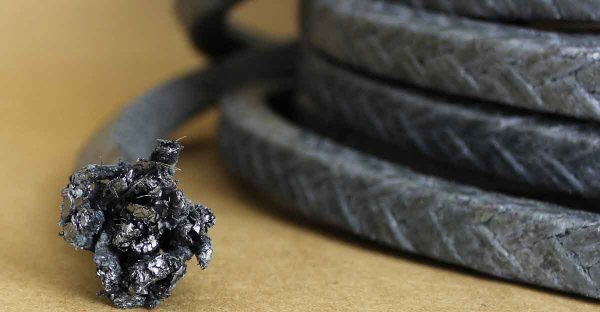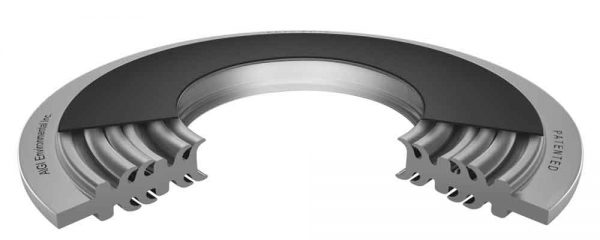Managing Fugitive Emissions in the Australian Oil and Gas Industry
Fugitive emissions of natural gas (methane) in the oil and gas industry are often the result of leaks from valves on pipelines, and within gas plants or wells.
Natural gas losses that escape during operations across the oil and gas value chain are estimated to account for around 5% of Australia’s total emissions.
In Australia, oil and gas businesses operate under the auspices of the National Greenhouse and Energy Reporting Act 2007 (NGER Act). There are mandatory requirements under the framework pertaining to the reporting of all emissions, including fugitive emissions, and all oil and gas facilities must adhere to these reporting and record keeping requirements.
Therefore, oil and gas industry operators need to take a holistic, systematic and data-based approach to detecting, managing and repairing fugitive emissions.
Taking action on fugitive emissions
Oil and gas industry operators need rigorously to monitor gas field infrastructure, such as wellheads, pipe joints, valves and flanges, through the implementation of a comprehensive leak detection and repair program (LDAR).
Regular integrity assessments are important to ensure that hydrocarbons do not leak, and emissions are measured or estimated in accordance with requirements set out in the NGER.
Why limiting fugitive emissions is important
In addition to the regulatory requirements, if leaking valves, pumps, compressors and other equipment go undetected, a number of issues can result, including:
- Product wastage
- Inefficient operations and production
- Contravention of WHS practices
- Creation of environmental hazards
- Unplanned and unscheduled shut downs to carry out emergency repairs and maintenance

Valves as a key cause of fugitive emissions
In oil and gas facilities, valves are frequently a source of fugitive emissions. They commonly occur from around the valve stem or valve body, at end connections, or past the valve seat.
- Excessive stem friction — Valve operation can be difficult and unreliable, while the valve and packing can be damaged through excessive force being used to open and close the valve.
- Packing inventory and installation — When two packing styles are installed in one valve application, this can create sealing problems.
- Stem and stuffing box corrosion — Pitting cause the stem and/or bore to degrade through pitting.
- Emissions Control — Block or shut off valves can be a significant source of fugitive emissions.
Valve sealing solutions
At FITT Resources, we provide a range of sealing solutions designed to control fugitive emissions caused by valve leaks, including:
Contact FITT Resources to learn more about sealing solutionss
To learn more about Chesterton 1622 Low E valve packing and AIGI International fishbone gaskets, and how they help to cut down fugitive emissions in the Australian oil and gas industry, contact our Head of Sealing Division Mathew Howell on 0428 731 732 or [email protected].


